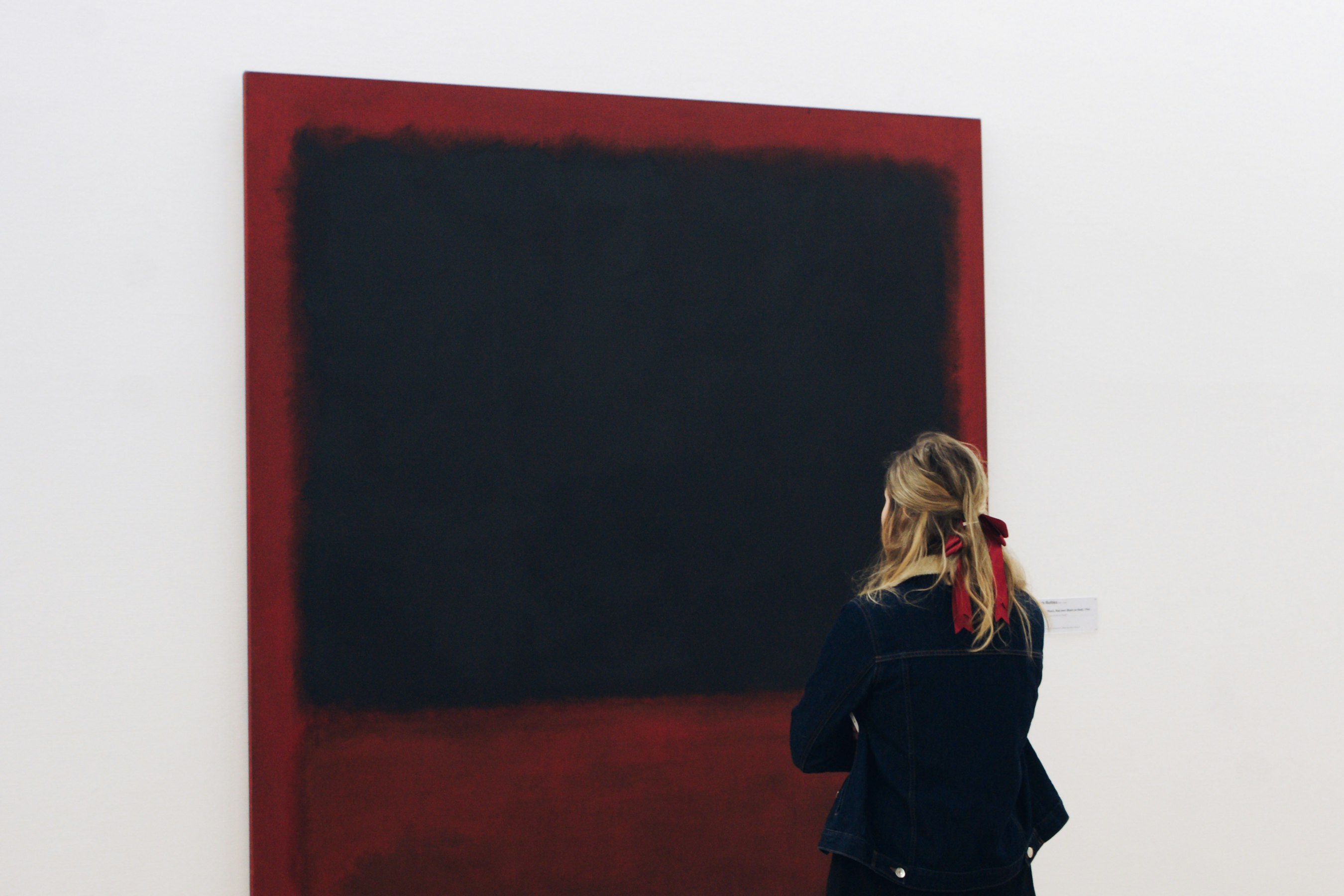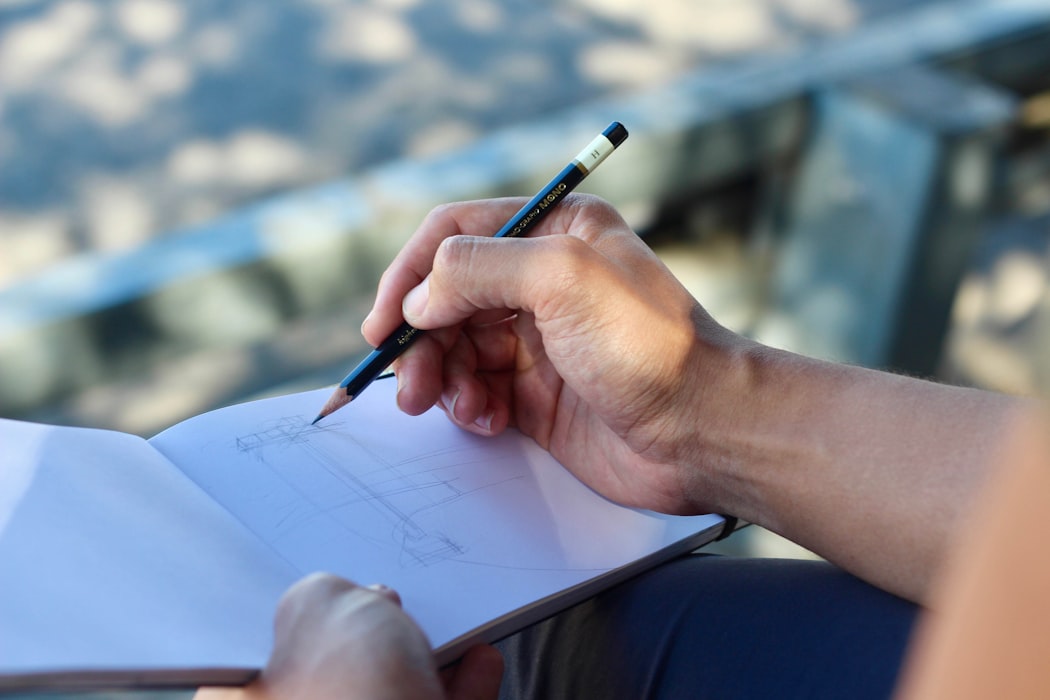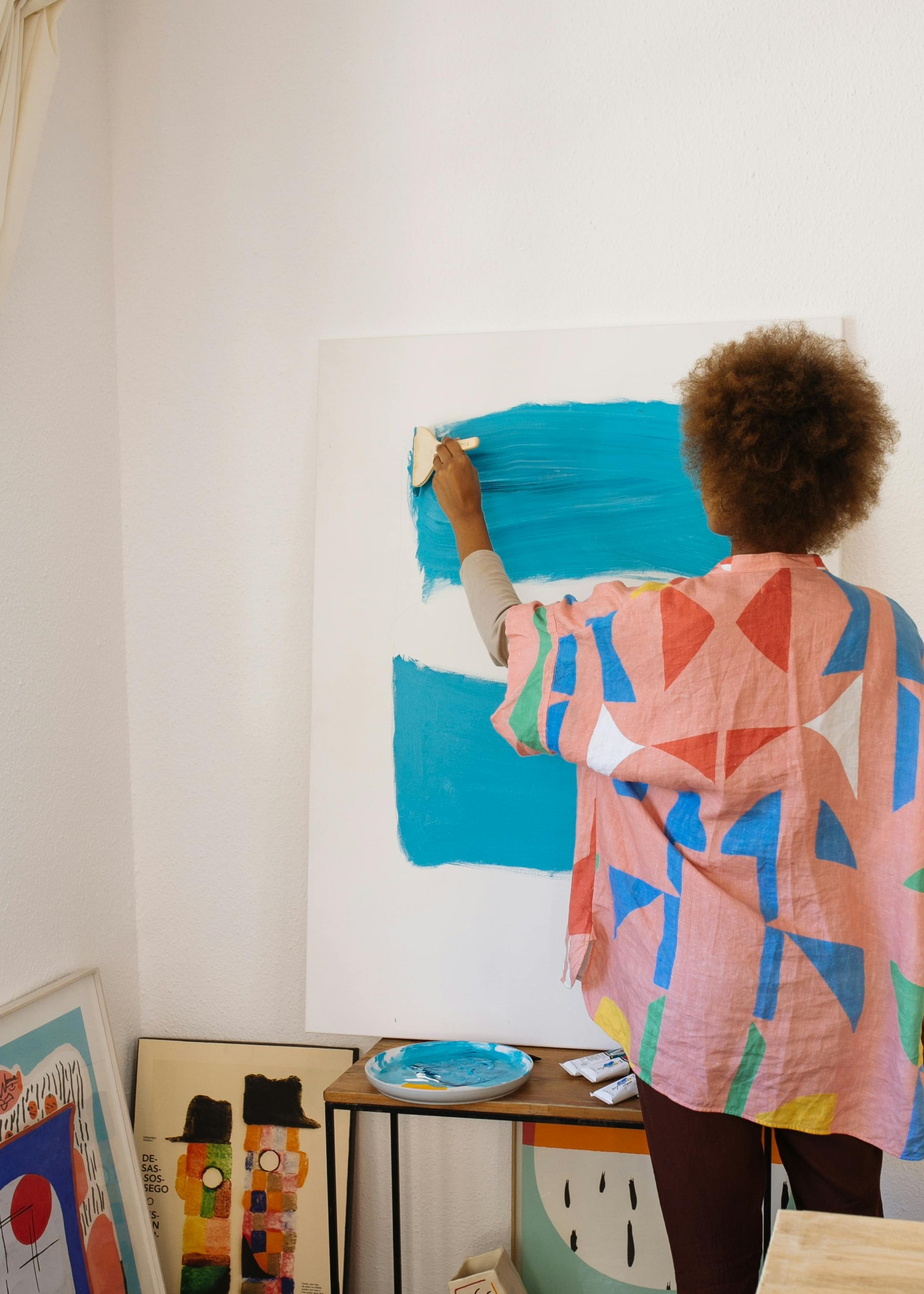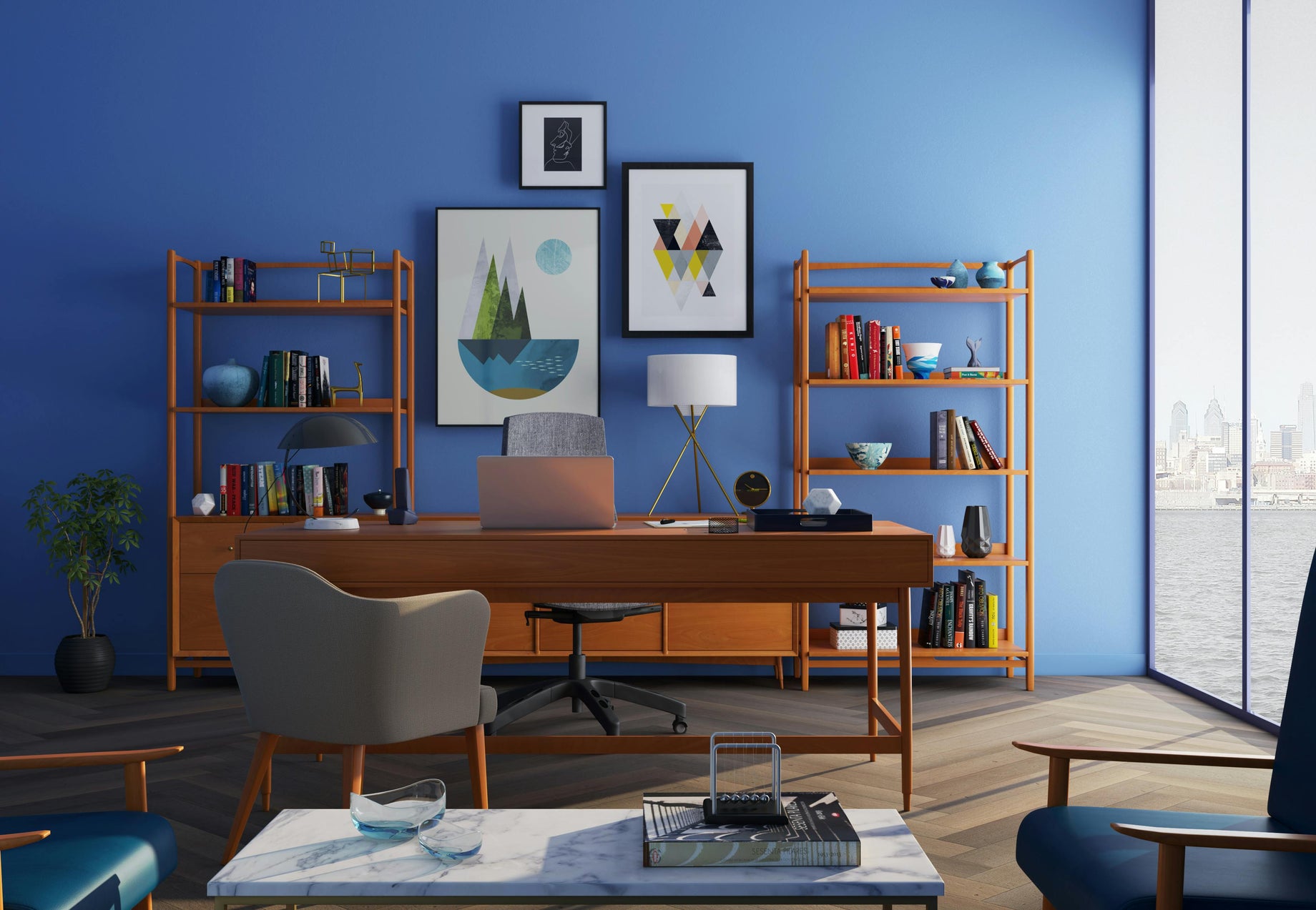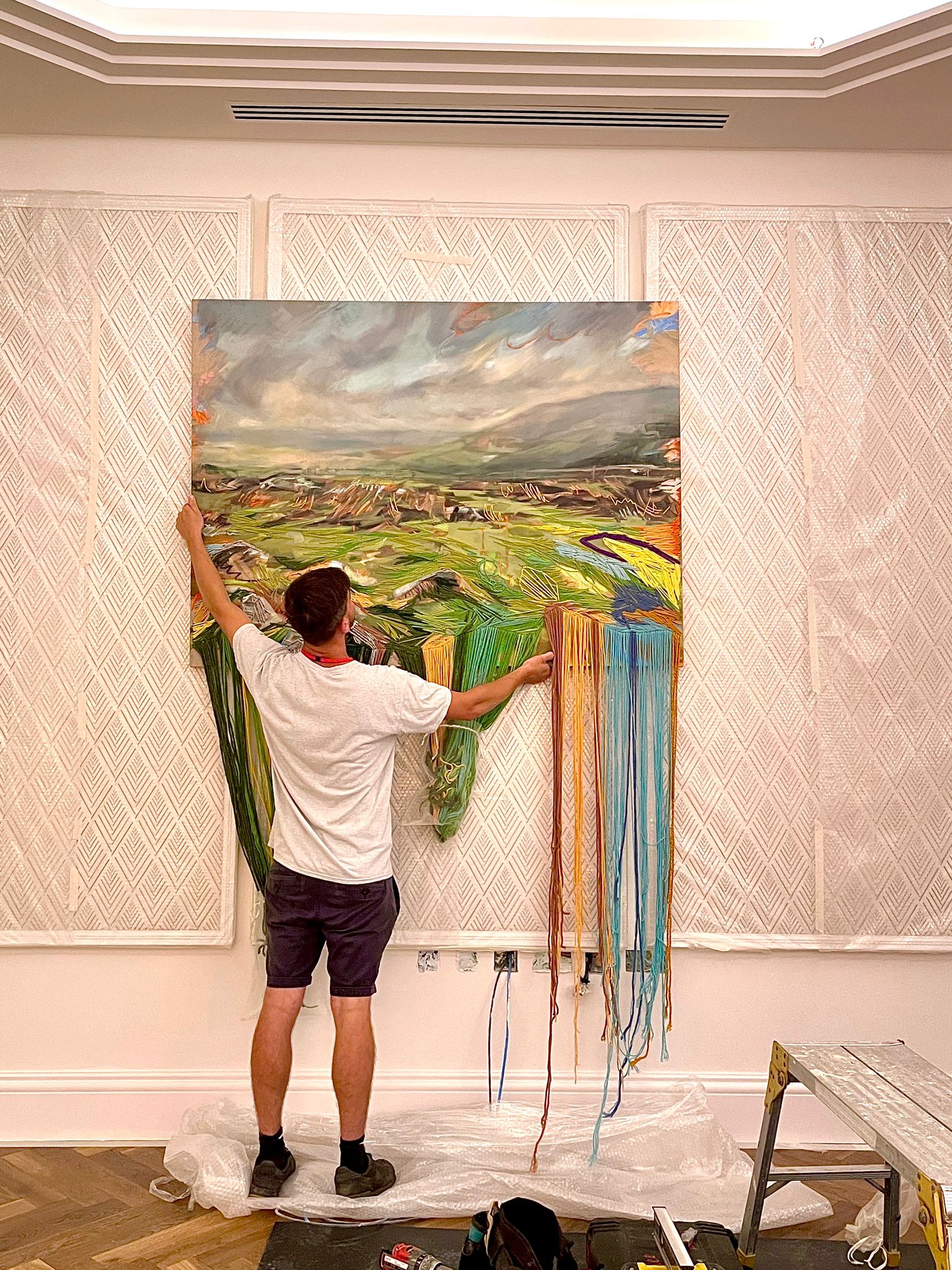“The relation between what we see and what we know is never settled. Each evening we see the sun set. We know the earth is turning away from it. Yet the knowledge, the explanation, never quite fits the sight.”
- John Berger, “Ways of Seeing”
It can be easy to go through the motions of every day without taking the time to stop and notice what is happening around you. At Curaty, we encourage the act of serious looking, in life and, specifically, in art. Follow the steps below to learn how to look at art and really see it, too.
Step 1. Look
Really take in the image in front of you rather than just glancing at it.
- Observe the artwork with a clear mind.
- Try not to jump to whether you like it or not.
- How does the work, in its entirety, make you feel?
Step 2. Notice.

The longer you look at the art, the more you will notice. A few things you could take into account are:
- Subject matter
- Abstract or realistic
- Colours you see
- Medium
- Size
- The frame or setting
 Step 3. Analyse
Step 3. Analyse
Based on what you have noticed, try to form an understanding.
- Where does the artist want to lead your eye?
- Is the artist making shapes within the composition?
- What sort of relationship do the figures or shapes seem to have?
- What do you think is trying to be communicated?
Step 4. Connect
Think about yourself and how your previous knowledge or your life helps you understand the image further.
- Do you relate to the subject matter?
- Do you already know about the art movement it belongs to?
- Does the artwork remind you of something from history or even something from today?
Step 5. Context
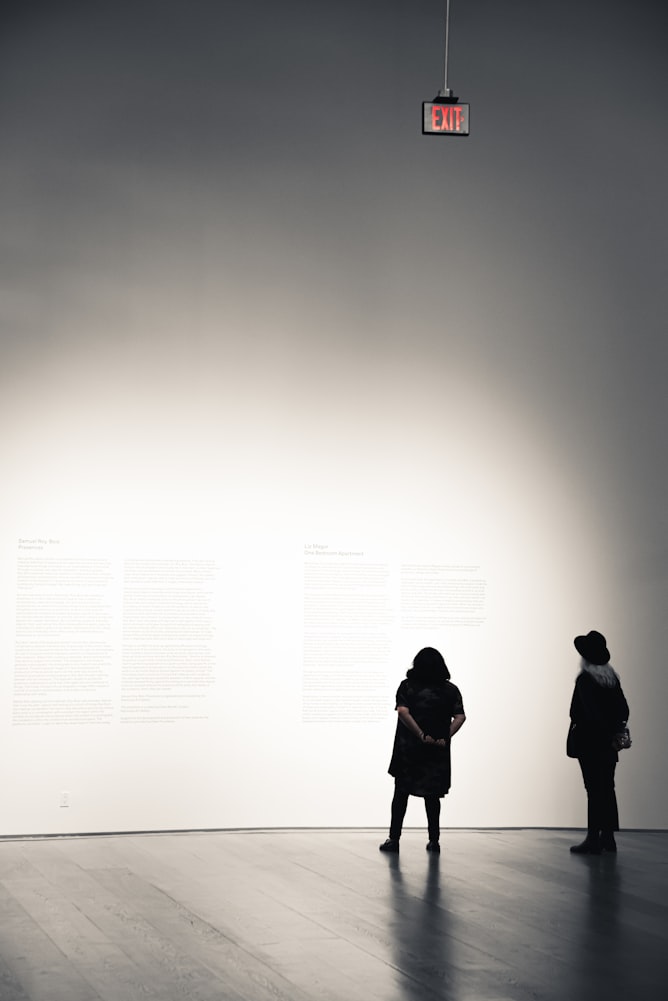
- If you are in a museum or gallery, read the wall text. This might include someone else’s interpretation of the artwork.
- Find the artworks label to see the artist, the year it was made, the materials.
- Search for more context by reading more about the time this work was created and the movement it’s associated with. If you’re lucky, there might even be information online about the artist’s understanding of their own work.
Step 6. Look again
Knowing all that you do from the supplemental information you just read, observe the artwork again.
- Did something you read change your opinion about the art?
- Do you still feel the same mood from the work?
- Is there something else you still want to learn about it?
Step 7. Draw
After you’ve finished looking at the artwork, take a moment of reflection to draw what you saw. Try to draw from memory instead of going back to look at the art.
- When you draw you are testing your memory
- Focus on the textures, lines, and colours. What you draw might not look anything like the artwork and that’s okay.
- Draw the art in its context, with the room and frame to notice the physical environment it is taking up.
Although following this guide won't make you an art historian, it will help to expand your understanding of art on a personal level. We at Curaty believe that the unique connections between people and art is what makes it so crucial in life. Now that you've read our guide, you can use this method to develop a relationship with artworks in museums or artwork that you purchase in the Curaty shop.
Interested in learning more? Check out our article on meditating with art.
This article was researched and written by the Curaty team, special credit goes out to our in-house researcher Cecily H.
Once you've followed either guide, please let us know about your experience in this quick survey:





